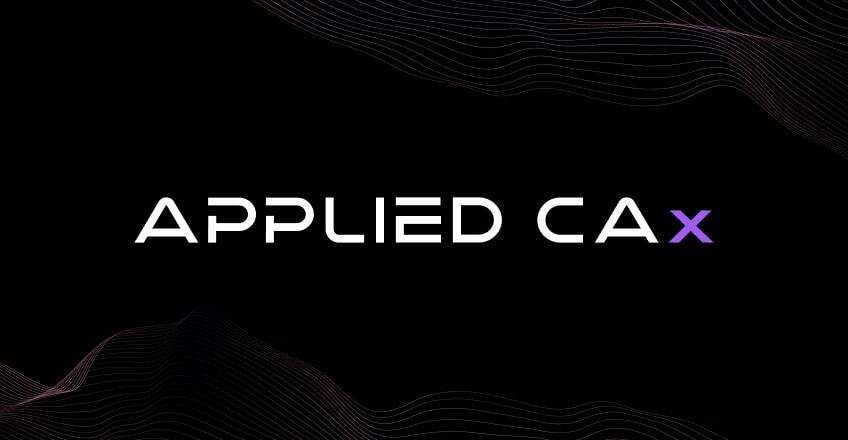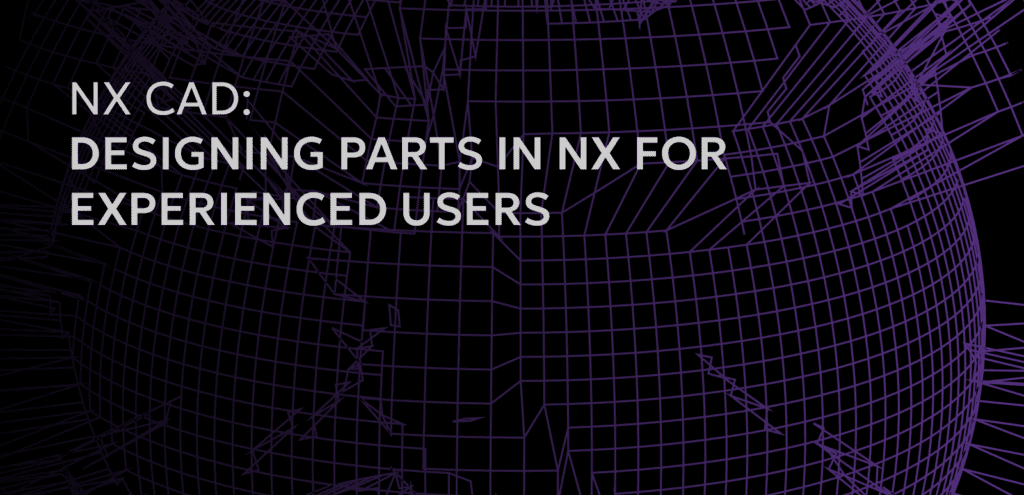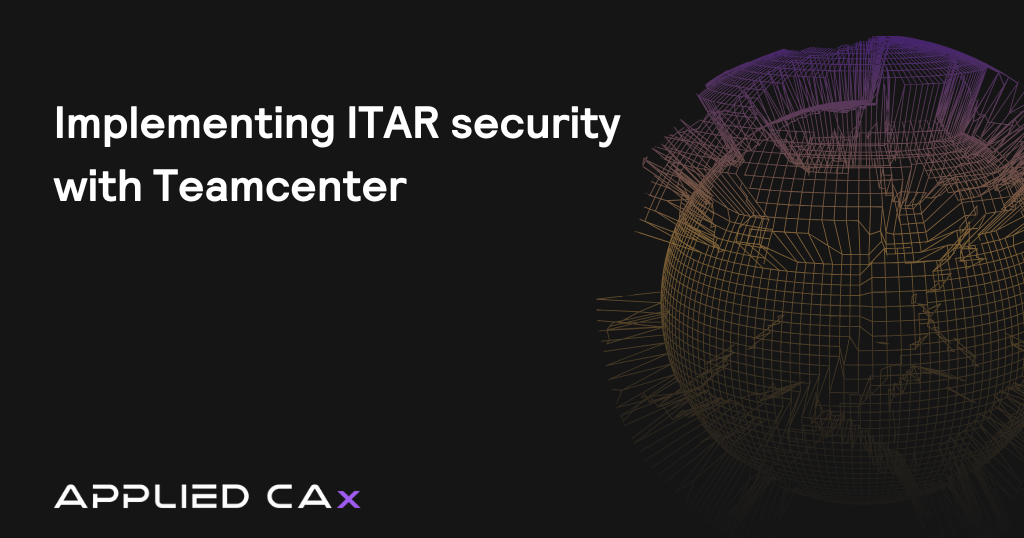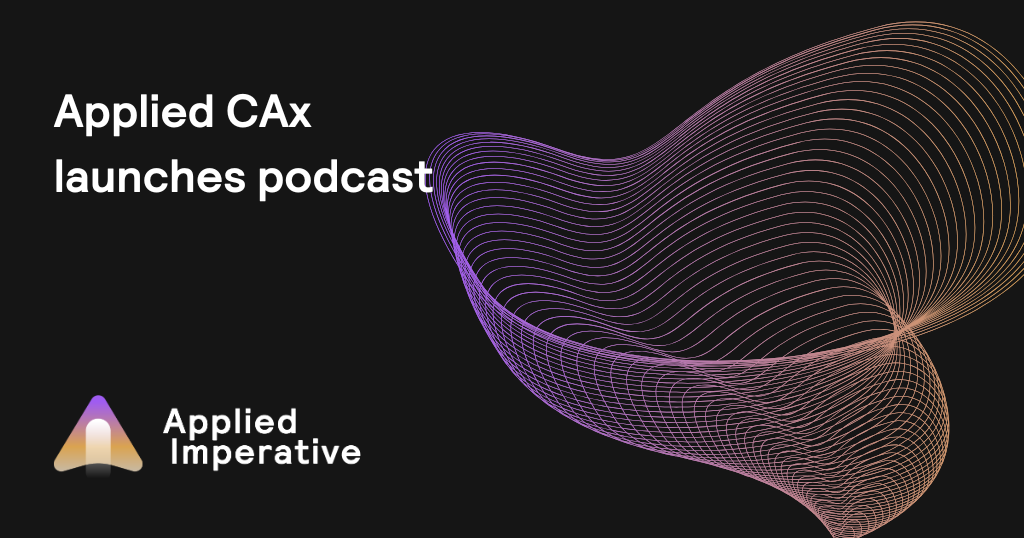Model-based systems engineering (MBSE) has evolved dramatically over the years, driven by the need for more effective ways to communicate complex systems across engineering teams and entire organizations.
In this episode of Applied Imperative, we talk with MBSE Evangelist Mark Sampson to explore the development of Systems Modeling Language (SysML) from the early challenges of SysML V1 to the new changes in SysML V2. Mark offers insights into why V1 struggles, what you can expect to see in V2, and how it could shape the future of systems engineering across industries.

The challenges with SysML V1
Mark reflects on the origins of SysML V1, which emerged from the realization that, unlike other engineering disciplines, systems engineering lacked a standard graphical language. This gap made it difficult for systems engineers and the broader organizations they work within to align on complex projects. The creation of SysML V1 aimed to fill that gap by using a UML-based foundation to define a common language. However, SysML V1 had limitations.
The flexibility of SysML V1 proved to be a tool, but also a flaw. Engineers could describe the same thing in many ways, which made collaboration challenging. Meetings often became consumed with aligning on methodology and ways of thinking about a problem rather than solving problems.
Additionally, SysML V1 inherited a unique way of thinking about problems, which did not always translate to the physical realities of engineering. For example, in the software world, you only need one of anything, and you can use it an infinite number of times. In the real world, you know that if you need eight lug nuts on a wheel, then you need eight physical lug nuts.
These challenges led to a recognition that a more intuitive, standardized, and accessible approach was needed.
What’s new with SysML V2?
SysML V2 was born from over a decade of lessons learned with V1.
With V2, the aim is to create a more democratic language that is easy to understand and apply, not just for systems engineers, but for stakeholders across disciplines.
“[V2] will be a new standard language, a standard API, with a set of graphical notations that we hope is simple enough that anybody can pick up and run with,” Mark said.
Interested in learning more about SysML V2? Watch the full podcast episode on YouTube, Apple Podcasts, or Spotify.








